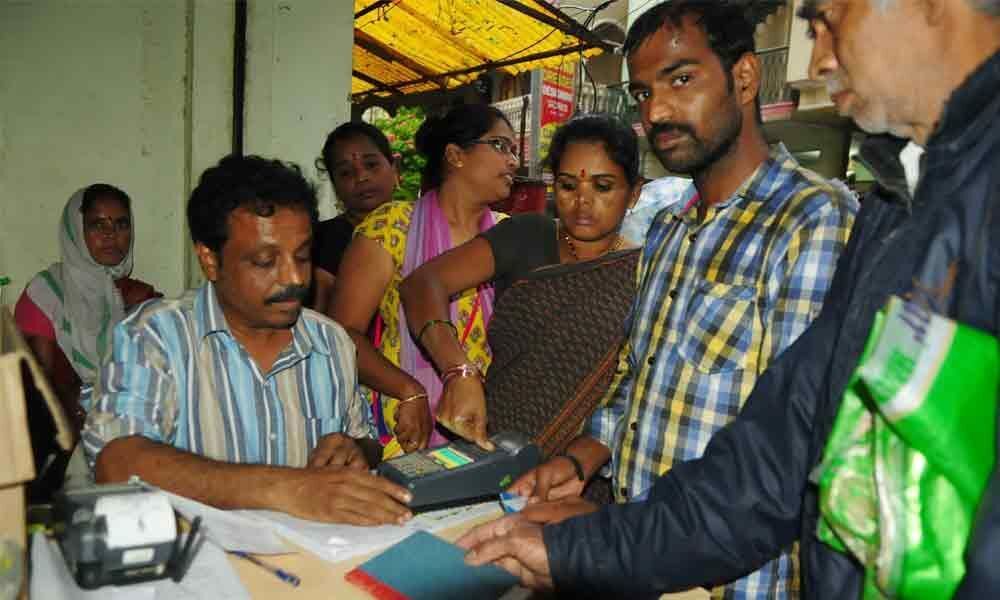
India, with its vast population and diverse socio-economic landscape, has implemented various mechanisms to ensure that essential commodities reach every segment of society. Among these mechanisms, the ration card stands out as a crucial tool in the country’s Public Distribution System (PDS). The importance of having a ration card in India cannot be overstated, as it plays a pivotal role in providing food security, economic relief, and access to essential resources for millions of families.
Benefits of a Ration Card
- Food Security: The primary benefit of a ration card is to provide subsidized food grains and other essential commodities to the underprivileged sections of society. This ensures that even the poorest households have access to basic nutrition.
- Economic Relief: By providing essential items at subsidized rates, ration cards help reduce the financial burden on low-income families. This allows them to allocate their limited resources to other critical needs such as healthcare, education, and housing.
- Identity Proof: A ration card also serves as a valid identity proof, accepted by various government and private institutions. This is particularly beneficial for individuals who may not possess other forms of identification.
- Access to Government Schemes: Many government welfare schemes, including health insurance and housing programs, require applicants to have a ration card. It acts as proof of eligibility, ensuring that benefits reach the intended recipients.
- Migration Support: For migrant workers, ration cards help in accessing food supplies in different states under the ‘One Nation One Ration Card’ (ONORC) scheme, ensuring food security regardless of their location.
Types of Ration Cards
India issues different types of ration cards based on the economic status of the households:
- Antyodaya Anna Yojana (AAY): This card is issued to the poorest of the poor families, providing them with the highest level of subsidized food grains. Under AAY, families are entitled to receive 35 kg of food grains per month.
- Below Poverty Line (BPL): BPL cards are issued to families living below the poverty line, offering them subsidized rates on essential commodities. The criteria for BPL status vary by state.
- Above Poverty Line (APL): These cards are issued to families above the poverty line, who can purchase essential items at a slightly subsidized rate compared to market prices.
- Priority Household (PHH): Under the National Food Security Act (NFSA), PHH cards are provided to households identified by the state governments based on economic criteria. These households receive food grains at highly subsidized rates.
How to Apply for a New Ration Card
Applying for a new ration card involves a series of steps, which may vary slightly from state to state but generally follow a similar process:
- Eligibility Check: Before applying, ensure that you meet the eligibility criteria set by your state government for the type of ration card you need.
- Collect Necessary Documents: Gather the required documents, which typically include proof of identity (Aadhar card, voter ID), proof of residence (utility bills, rental agreement), income proof, and passport-sized photographs.
- Application Form: Obtain the application form from the local ration office or download it from the state’s food and civil supplies department website.
- Submission: Fill out the application form accurately and attach the necessary documents. Submit the form at the local ration office or through the online portal, if available.
- Verification Process: After submission, officials will verify the information provided. This may include a visit to your residence to confirm details.
- Approval and Issuance: Once verified, the ration card will be approved and issued. You will be notified to collect the card from the local ration office or it may be delivered to your residence.
Conclusion
The ration card system in India is a vital lifeline for millions, ensuring food security and economic stability for the vulnerable sections of society. Understanding its importance, the benefits it offers, the different types of cards available, and the process to obtain one can help individuals and families effectively access the resources and support they need. The government’s continued efforts to streamline and improve the PDS are crucial in maintaining the efficacy and reach of this essential service.


